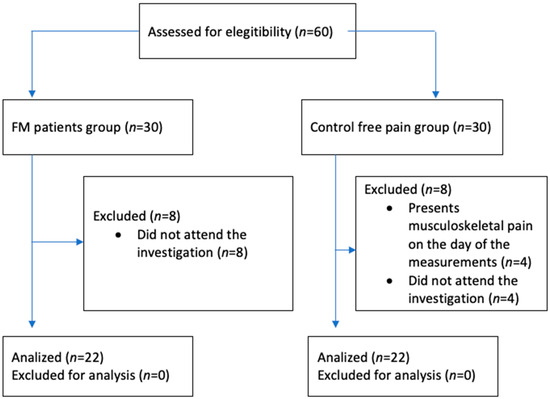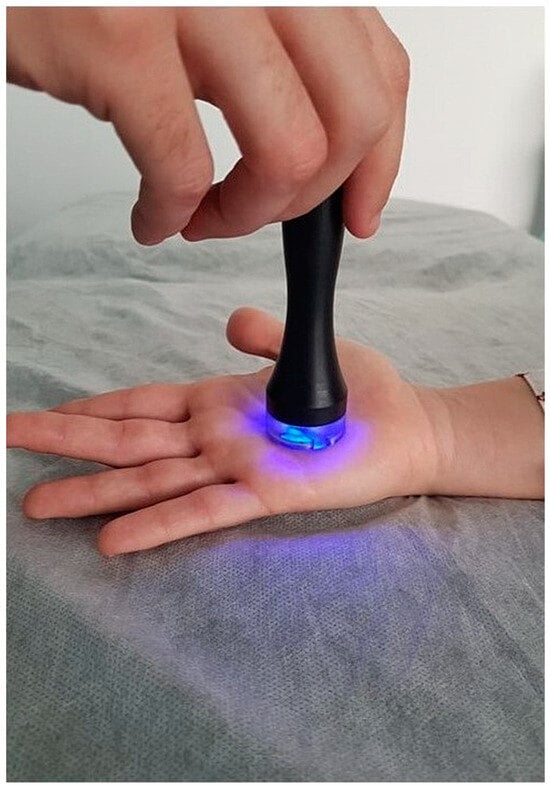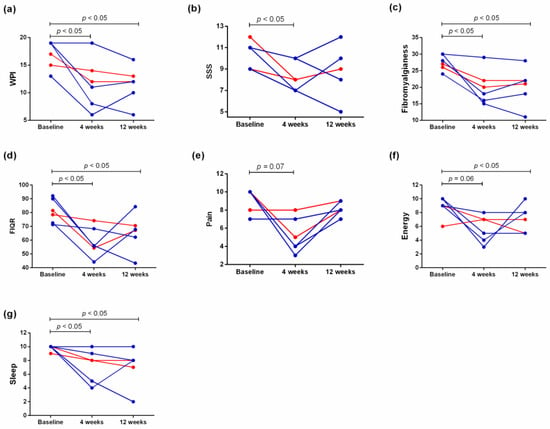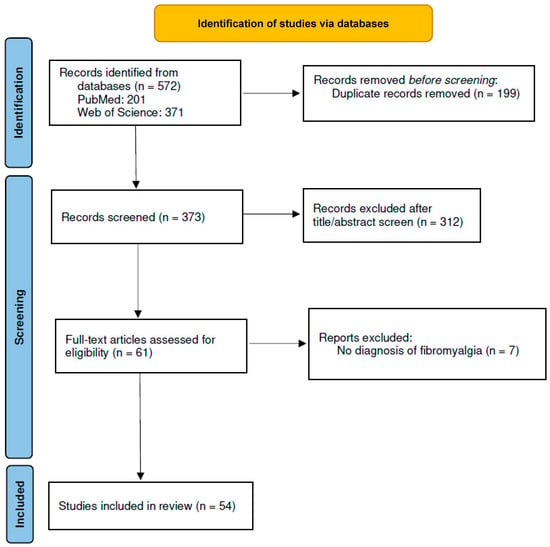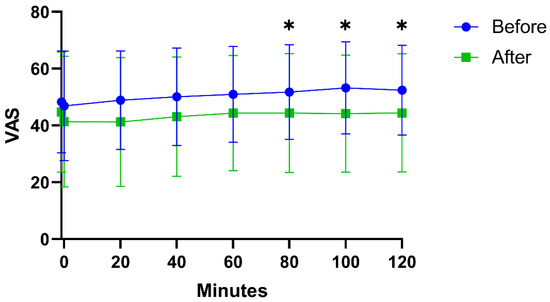Neurogenic Neuroinflammation in Fibromyalgia
A topical collection in Biomedicines (ISSN 2227-9059). This collection belongs to the section "Neurobiology and Clinical Neuroscience".
Viewed by 26044Editors
Interests: biochemistry; diet; mithocondrial disfunction; animal models; molecular pathways
Special Issues, Collections and Topics in MDPI journals
Interests: biochemistry; molecular mechanism; oxidative stress; endometriosis
Special Issues, Collections and Topics in MDPI journals
Topical Collection Information
Dear Colleagues,
Chronic pain, fatigue, and depression, all of which are primary fibromyalgia symptoms, have been linked to neuroinflammation in certain regions of the central nervous system. Peripheral and central effects, such as neurogenic neuroinflammation, are also important contributors to the clinical features of each of these disorders. Investigation of the role of neurogenic neuroinflammation in fibromyalgia might contribute to improved understanding of the fundamental mechanisms leading to these enigmatic disorders, as well as to the identification of new therapeutic targets. A major neuroinflammation symptom that has been discovered through research is neurodegeneration. Conditions associated with neuroinflammation include Alzheimer's disease and Parkinson’s disease.
This collection focuses on the different degrees to which neurogenic neuroinflammation might contribute to the multifactorial pathogenesis of fibromyalgia. Reviews and research articles that discusses novel therapeutic targets and molecular mechanisms involved between the two disorders are welcome.
Dr. Rosanna Di Paola
Dr. Roberta Fusco
Collection Editors
Manuscript Submission Information
Manuscripts should be submitted online at www.mdpi.com by registering and logging in to this website. Once you are registered, click here to go to the submission form. Manuscripts can be submitted until the deadline. All submissions that pass pre-check are peer-reviewed. Accepted papers will be published continuously in the journal (as soon as accepted) and will be listed together on the collection website. Research articles, review articles as well as short communications are invited. For planned papers, a title and short abstract (about 100 words) can be sent to the Editorial Office for announcement on this website.
Submitted manuscripts should not have been published previously, nor be under consideration for publication elsewhere (except conference proceedings papers). All manuscripts are thoroughly refereed through a single-blind peer-review process. A guide for authors and other relevant information for submission of manuscripts is available on the Instructions for Authors page. Biomedicines is an international peer-reviewed open access monthly journal published by MDPI.
Please visit the Instructions for Authors page before submitting a manuscript. The Article Processing Charge (APC) for publication in this open access journal is 2600 CHF (Swiss Francs). Submitted papers should be well formatted and use good English. Authors may use MDPI's English editing service prior to publication or during author revisions.
Keywords
- neuroinflammation
- neurodegeneration
- fibromyalgia
- inflammation
- pain









